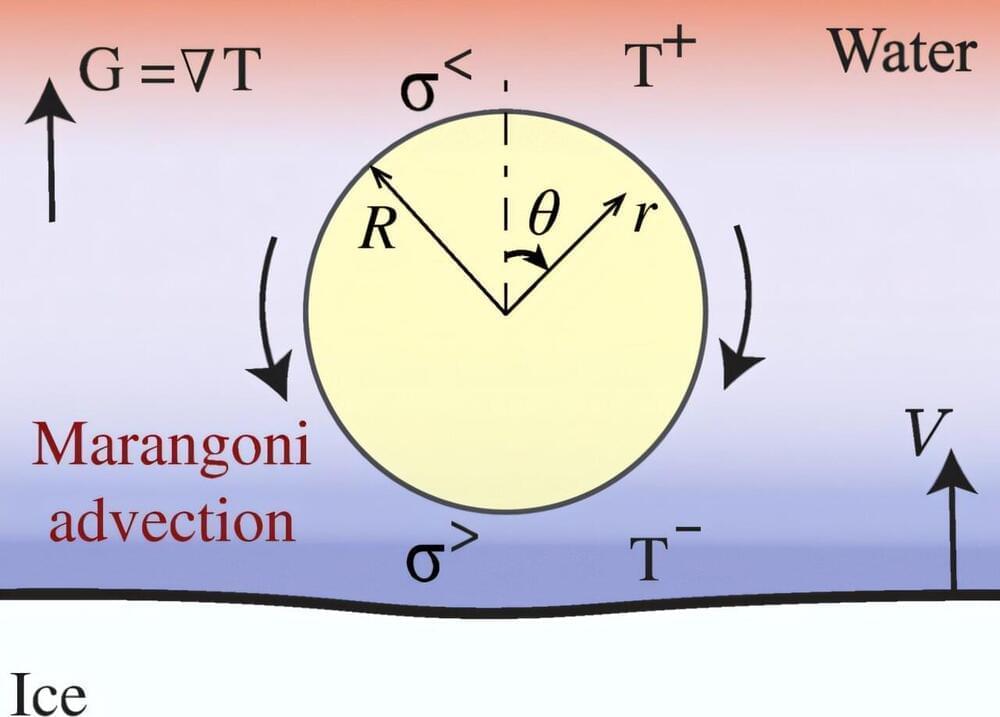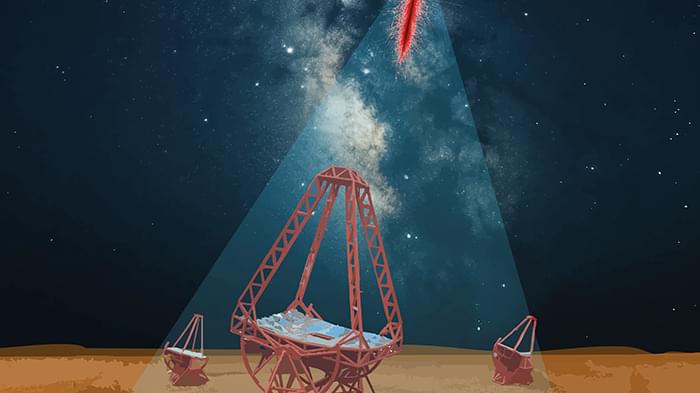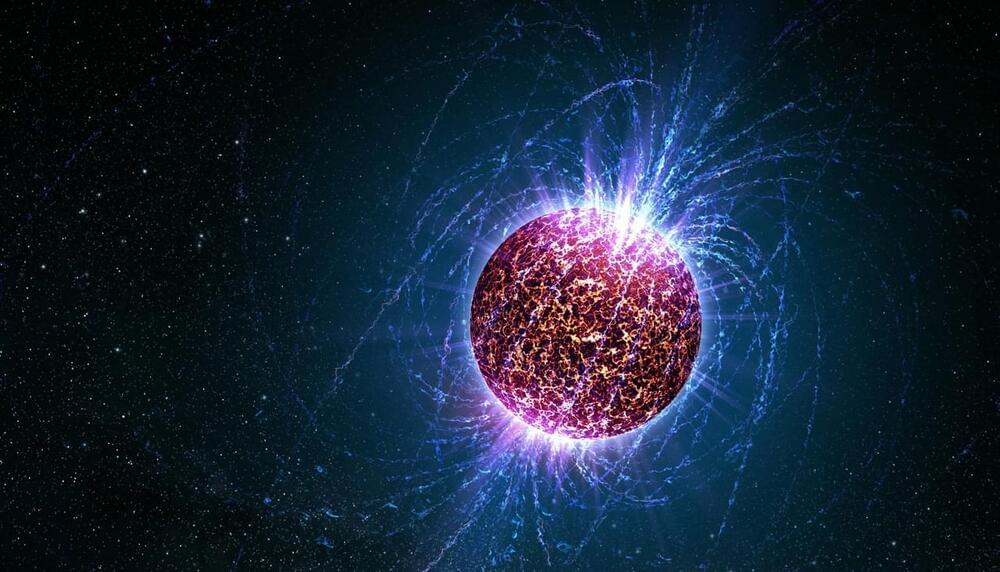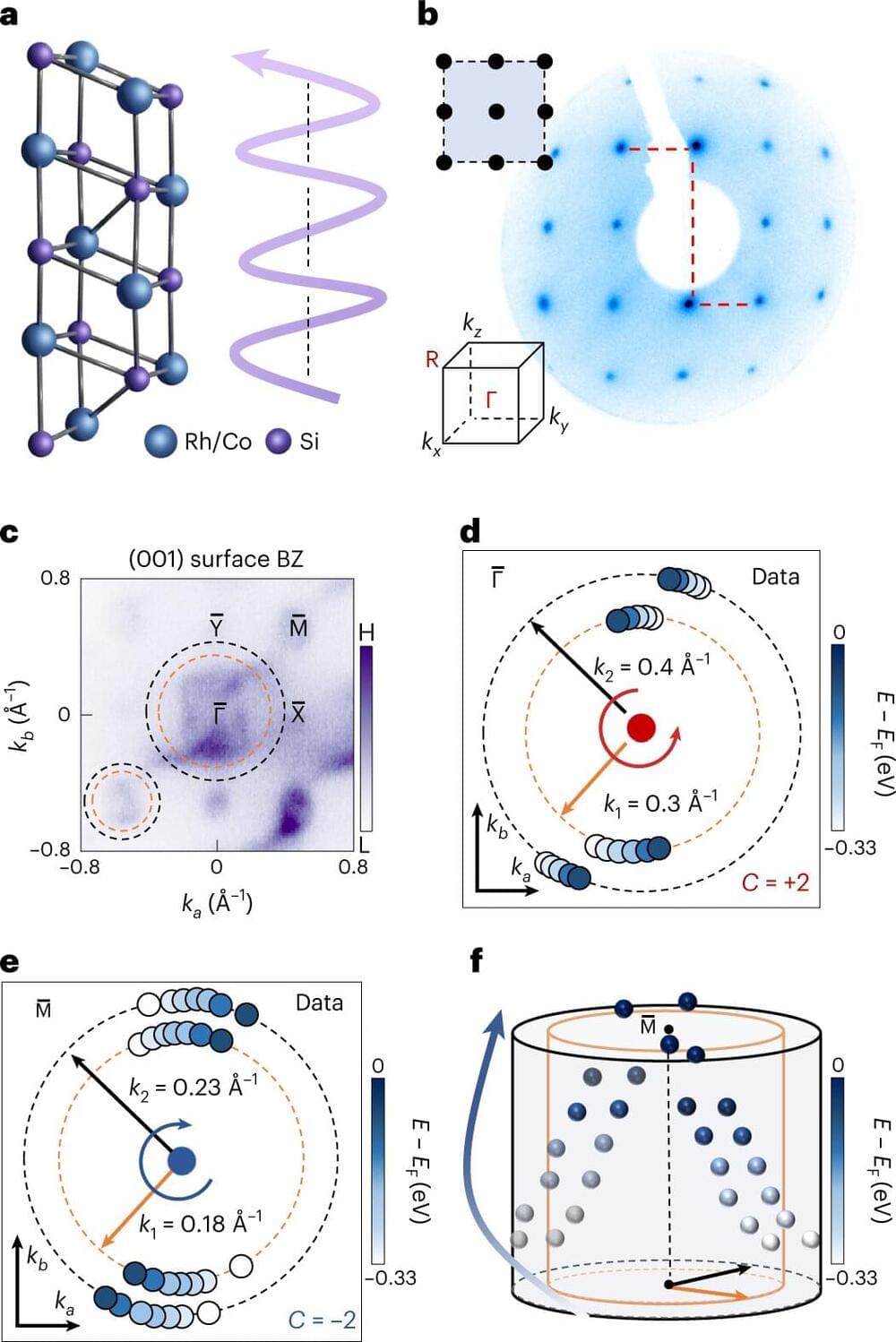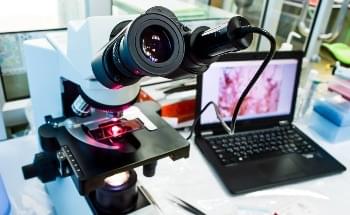Nov 26, 2024
How tiny droplets can deform ice: Findings show potential for cryopreservation and food engineering
Posted by Saúl Morales Rodriguéz in categories: cryonics, engineering, food, life extension, particle physics
When water freezes slowly, the location where water turns into ice—known as the freezing front—forms a straight line. Researchers from the University of Twente showed how droplets that interact with such a freezing front cause surprising deformations of this front. These new insights were published in Physical Review Letters and show potential for applications in cryopreservation and food engineering techniques.
When water freezes, it is often thought of as a predictable, solid block forming layer by layer. But what happens if the progressing freezing front encounters tiny particles or droplets? Researchers from the University of Twente have explored this question, discovering that droplets can cause surprising deformations in the way ice forms.
